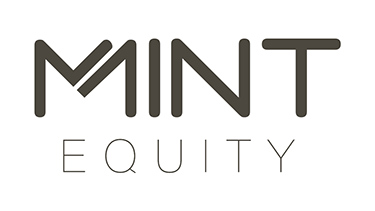So what does the recent decision by the Reserve Bank of Australia (RBA) mean for us? The RBA's latest meeting has given us plenty to talk about, especially considering the current economic climate. Let's break it down.
Steady as she goes with interest rates
Firstly, the big news: the RBA has decided to keep the cash rate target steady at 4.35%, with the interest rate on Exchange Settlement balances also unchanged at 4.25%. This move indicates a cautious approach by the RBA in a time of economic uncertainty.
Inflation: A slow retreat
The inflation situation is a mixed bag. On the bright side, inflation has shown signs of moderation, but it's still higher than what we'd like, hovering around 4.1%. Goods price inflation is cooling off, thanks to easing global supply chain issues and a dip in domestic demand for goods. However, services price inflation hasn't been as quick to follow suit, largely due to ongoing excess demand and rising domestic costs, including labour.
The impact of higher interest rates
Higher interest rates seem to be doing their job, helping to balance out the demand and supply in the economy. The labour market is adjusting slowly, with wages growth picking up but expected to stabilise soon. This is critical for maintaining inflation within the target range, assuming productivity growth returns to its long-term average.
What keeps Michelle Bullock, RBA Governor up at night?
During a recent media conference, Bullock was questioned about her primary worries. Her answer centred on the unpredictable nature of future events. She highlighted that external factors, such as the pandemic and conflicts in Ukraine and the Middle East, are beyond her control. These unforeseen elements and the potential for other unexpected economic shocks are what predominantly preoccupy her thoughts when it comes to keeping the cash rate and inflation target in line.
Household strains and investment woes
Inflation continues to strain real incomes, leading to weaker household consumption and a decline in dwelling investment. These factors are crucial barometers of economic health, so their current state is definitely cause for concern.
The uncertainty ahead
The economic outlook remains uncertain, with the RBA keeping a close eye on inflation risks. The forecast is optimistic, with inflation expected to return to the 2-3% target range by 2025. However, uncertainties linger, especially concerning global developments and the domestic response to monetary policy changes.
What's next?
So, what does all this mean for the future? The RBA is focused on bringing inflation back to target, balancing price stability with full employment. Despite the positive signs of easing inflation, the journey back to the target range is expected to take some time. The path of interest rates will depend heavily on upcoming data and risk assessments, with the possibility of further increases not off the table.
In summary, the RBA's recent decision reflects a cautious but focused approach in these uncertain times. The goal is clear: return inflation to target without disrupting the broader economic stability. For us, as observers and participants in the economy, it's a matter of staying informed and prepared for potential shifts in the financial landscape.


